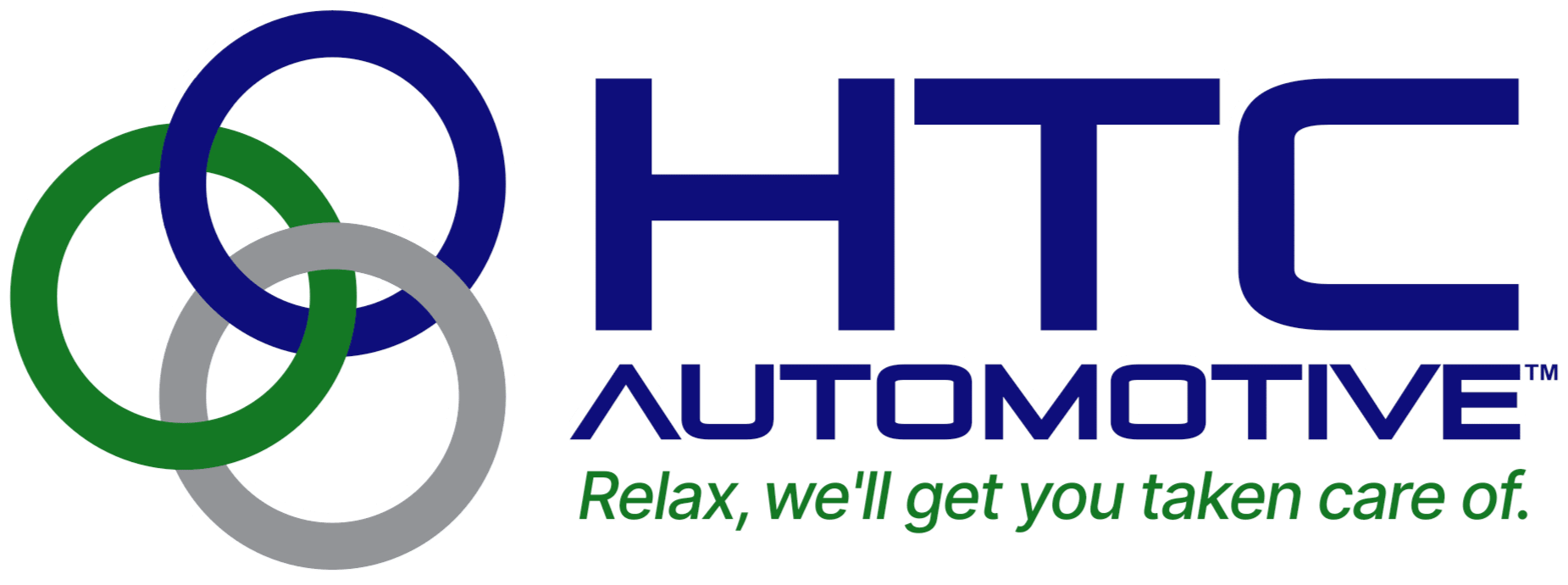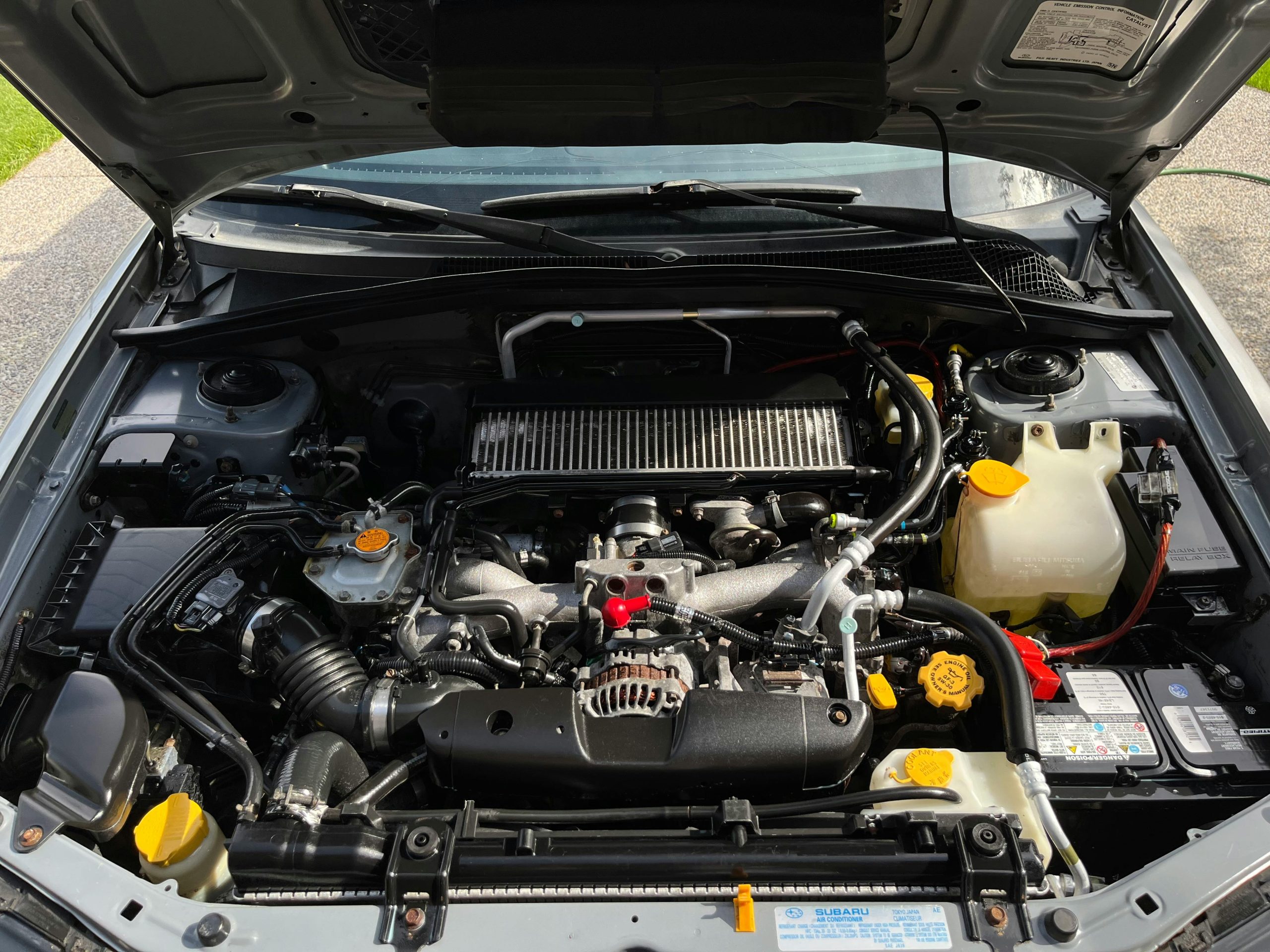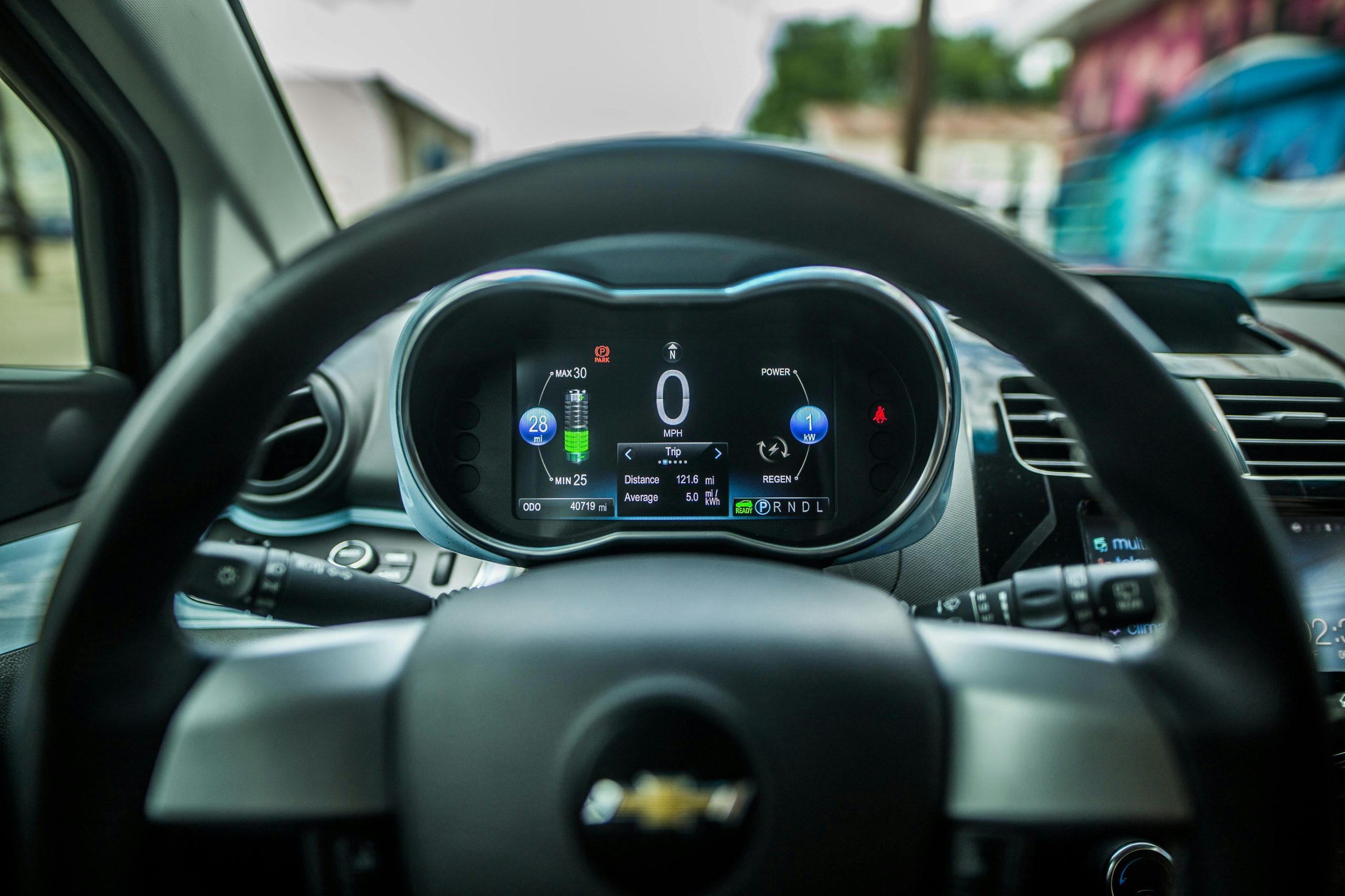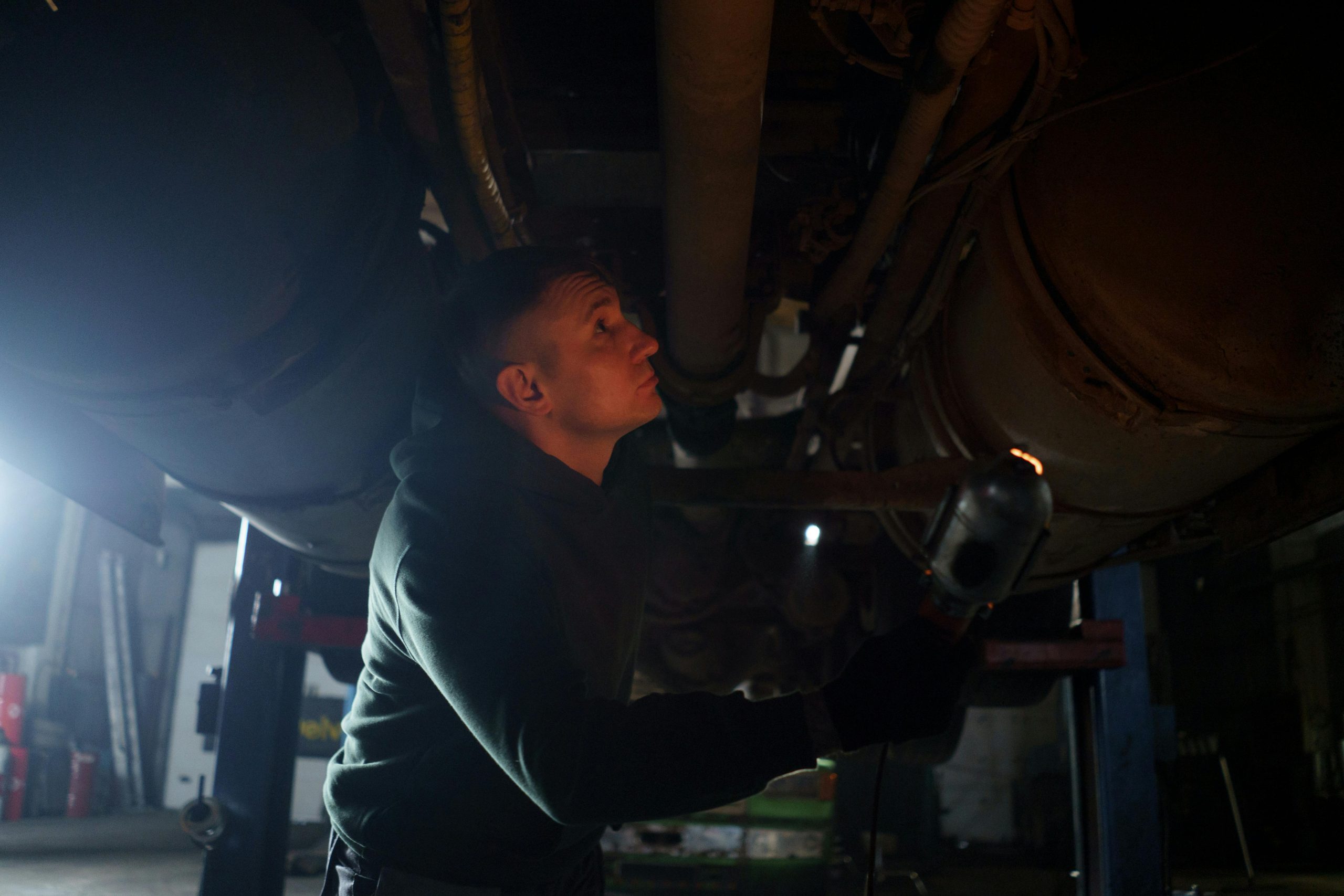Just as Sherlock Holmes would deduce the cause behind the mysterious signs, you might find yourself puzzled by your car’s unsettling shakes during acceleration. These tremors could be signaling something as simple as needing new spark plugs or as complex as a malfunctioning transmission.
You’re likely wondering what the exact cause is and how you can fix it. Let’s break down the potential culprits and explore how each can disrupt your ride’s smoothness. As we uncover these issues, you’ll see how vital a proper diagnosis is—after all, knowing is half the battle to restoring your vehicle’s performance.
Common Engine Problems
Common engine problems such as misfires and worn-out spark plugs often contribute when your car shakes during acceleration. Engine misfires, resulting from improper combustion, can cause your vehicle to jerk or stutter as you press the gas pedal. It’s important to understand that each misfire disrupts your engine’s balance, leading to noticeable shaking.
Worn-out spark plugs or failing ignition coils are also major culprits in rough acceleration. These components are critical for proper engine timing and spark generation.
When they wear out or malfunction, the spark becomes irregular, leading to inefficient combustion of the fuel-air mix. This inefficiency directly impacts your car’s performance, manifesting as hesitation or shaking during acceleration.
Addressing these issues promptly not only prevents the unsettling experience of a shaking car but also fosters a sense of reliability and longevity in your vehicle’s performance.
Transmission Troubles
Transmission issues, including problems with the torque converter or gear changes, can also cause your car to shake during acceleration.
Here are the key points you should be aware of:
- Torque Converter Problems: If there’s shuddering, it might be due to bad bearings or broken blades in the torque converter. This critical component connects the automatic transmission to the engine, facilitating a smooth shift during acceleration.
- Erratic Gear Changes: When the transmission exhibits erratic lock/unlock behavior, it’s often a sign of deeper transmission issues that require immediate attention to avoid further damage and higher repair costs.
- Fluid Leaks: Keep an eye out for unexpected fluid leaks. These can indicate a failing component within the transmission system, leading to inadequate lubrication and cooling, which in turn causes more severe problems.
- Professional Diagnosis: Given the complexity of transmission systems and the variability in repair costs, it’s essential to have any symptoms diagnosed by a professional. They can provide a precise assessment and recommend the most effective solutions.
Drivetrain Components
When exploring the drivetrain components of your vehicle, it’s crucial to recognize common failures, such as worn-out CV joints and U-joints, which directly impact your car’s performance.
Common Drivetrain Failures
Understanding common drivetrain failures involves recognizing parts like engine mounts, CV joints, and U-joints, which are critical to your vehicle’s smooth operation.
When these components fail, you’ll likely experience a range of driveline issues that can lead to a shaking car during acceleration, signaling deeper drivetrain failures.
Here are the key areas to watch:
- Engine and Transmission Mounts: These mounts stabilize the powertrain and absorb vibrations. Signs that they’re failing include visible cracks, loosened bolts, or collapsed rubber. Neglecting these could lead to severe shaking, especially under load.
- CV Joints: Located at the ends of the drive axles, CV joints facilitate the transfer of torque to the wheels while accommodating the up and down motion of the suspension. Damage usually occurs from torn boots allowing dirt intrusion, which can compromise the joint’s integrity.
- U-Joints: Part of the driveline, worn-out U-joints are a common culprit behind vibrations during acceleration. You’ll want to check for excessive play or rust around these joints.
- Driveshaft and Carrier Bearings: Any damage or wear in these components can cause imbalance in the driveline, leading to noticeable shaking.
Performance Enhancement Options
Exploring performance enhancement options, let’s consider how upgrading drivetrain components can further improve your vehicle’s acceleration and stability.
Here’s how you can elevate your vehicle’s performance and join the ranks of those who don’t just drive, but truly feel their car’s power and precision:
- Replace Engine and Transmission Mounts: Engine mounts and transmission mounts are important in stabilizing your car’s engine and transmission. If you notice increased vibrations or hear clunking sounds, it might be time to check these mounts. Upgrading to high-quality motor mounts can address many acceleration issues and contribute to smoother driving.
- Upgrade Transmission Fluid: Regular maintenance of your transmission fluid can prevent many drivetrain problems. Using a high-performance transmission fluid can improve gear smoothness, thereby boosting your acceleration and vehicle performance.
- Regular Testing and Inspection: Performing regular checks on drivetrain components can help catch issues early. Listen for abnormal noises or vibrations that suggest wear and tear. Early detection means easier fixes.
- Maintenance Schedule: Stick to a strict maintenance schedule. This not only prolongs the life of drivetrain components but also guarantees consistent vehicle performance and stability.
Wheel and Tire Issues
Addressing wheel and tire issues is crucial, as unbalanced tires often cause a shaking sensation during acceleration, affecting both wear and vehicle handling. Feeling your car shake can be unsettling when you’re behind the wheel, but understanding the root causes brings you closer to solving them.
Unbalanced tires are a common culprit. When tire balance is off, it can lead to uneven tire wear and vibrations that you feel especially as you accelerate.
Moreover, a bent axle or wheel can exacerbate these issues. A bent axle disrupts the smooth rotation and alignment, causing more pronounced shaking when accelerating. Similarly, a bent wheel struggles to roll evenly, compounding the vibrations. Both scenarios demand attention for vehicle efficiency and safety and inclusion in a community that values robust vehicle care.
Don’t overlook worn CV (Constant Velocity) joints. Your CV joints may be worn if you hear a clicking noise when turning, coupled with shakes during acceleration. This affects your comfort and your car’s ability to handle efficiently and integrate smoothly into traffic flow.
Braking System Defects
While wheel and tire issues often lead to a shaky driving experience, defects in the braking system can also cause your car to vibrate during acceleration.
Here’s a breakdown of the key issues within the brake system that might be causing your vehicle to shake:
- Stuck Brake Calipers: This defect leads to uneven braking pressure. When calipers don’t release properly, it causes one or more wheels to drag, leading to noticeable shaking, especially noticeable during acceleration.
- Worn Brake Pads and Rotors: Brake pads and rotors wear down over time. Worn components result in a less smooth surface for braking, which can cause vibrations. This not only makes your drive uncomfortable but also poses a safety hazard.
- Faulty Brake Components: Any failure in brake components can prevent the brakes from functioning efficiently. This inefficiency can manifest as shaking due to the brakes’ inability to distribute force evenly across the wheels.
- Uneven Braking Force Distribution: When the force isn’t evenly spread across the brake system, your vehicle will shake. This uneven distribution often stems from the issues listed above.
Diagnostic Approaches
To diagnose a car that shakes during acceleration, examine the engine and transmission mounts for signs of wear or instability. These components are vital for stabilizing your engine and transmission; any damage can lead to significant vibrations, especially during acceleration.
Next, move on to the C-V joints. Are you hearing clicking or popping noises while turning? This could indicate that the C-V joints, which facilitate smooth power transmission to the wheels, are worn or damaged. It’s an essential check, as these are often overlooked until they fail.
Additionally, assess any driveline issues. Worn-out U-joints or a damaged driveshaft can also be the culprit behind the vibrations you feel. These components are integral to your vehicle’s ability to transmit power effectively from the engine through to the wheels.
Don’t forget to check for wheel imbalance. A wheel that isn’t properly balanced will cause the steering wheel to shake, particularly at higher speeds. This isn’t only uncomfortable but can escalate into more significant driveline damage.
Lastly, consider the torque converter. If there’s shuddering during gear changes, it might indicate torque converter problems, such as worn bearings or fluid leaks. Addressing this early can prevent more extensive issues with your transmission system.
Conclusion
To sum up, if your car shakes like a leaf in a hurricane during acceleration, don’t ignore it! This could be the battleground for many mechanical demons—from rebellious spark plugs to a tumultuous transmission.
Swiftly diagnosing these culprits precisely can transform your ride from a nerve-wracking nightmare to silky smooth sailing.
Remember, a meticulous check-up isn’t just advisable; keeping your metal beast tame and your journeys safe is imperative. Act now!



